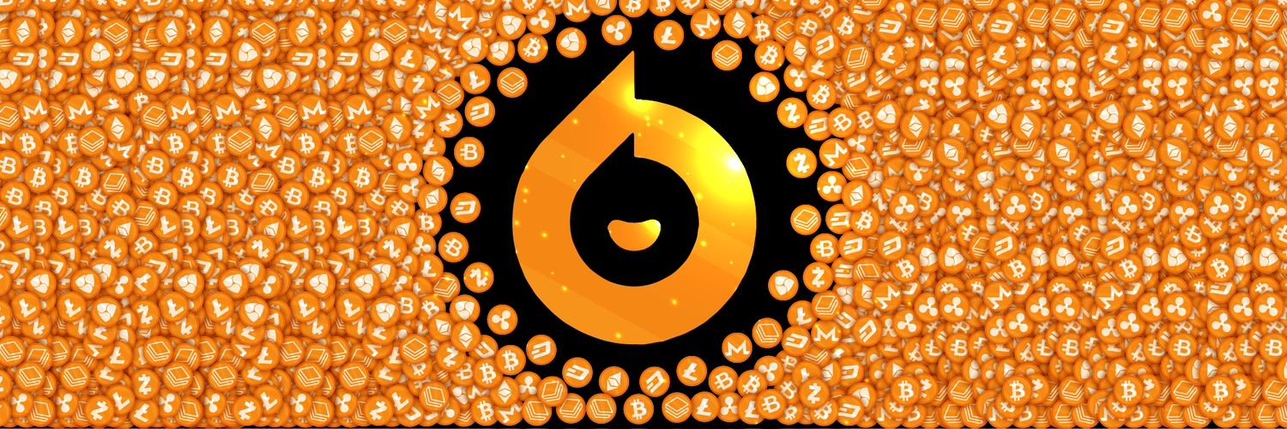
XRP priceXRP
XRP/USD price calculator
XRP market Info
Live XRP price today in USD
Do you think the price of XRP will rise or fall today?
Now that you know the price of XRP today, here's what else you can explore:
How to buy XRP (XRP)?How to sell XRP (XRP)?What is XRP (XRP)What would have happened if you had bought XRP (XRP)?What is the XRP (XRP) price prediction for this year, 2030, and 2050?Where can I download XRP (XRP) historical price data?What are the prices of similar cryptocurrencies today?Want to get cryptocurrencies instantly?
Buy cryptocurrencies directly with a credit card.Trade various cryptocurrencies on the spot platform for arbitrage.XRP price prediction
When is a good time to buy XRP? Should I buy or sell XRP now?
What will the price of XRP be in 2026?
In 2026, based on a +5% annual growth rate forecast, the price of XRP(XRP) is expected to reach $3.5; based on the predicted price for this year, the cumulative return on investment of investing and holding XRP until the end of 2026 will reach +5%. For more details, check out the XRP price predictions for 2025, 2026, 2030-2050.What will the price of XRP be in 2030?
About XRP (XRP)
XRP (XRP live price)is the native digital asset of the XRP Ledger (XRPL), a public, open‑source network built for fast, low‑cost value transfer. Instead of mining, the XRPL reaches agreement on which transactions are valid using the Ripple Protocol Consensus Algorithm (RPCA). The design targets correctness and agreement while keeping confirmation times short, so transactions can finalize in seconds under normal conditions.
In RPCA, validators iteratively share proposals and converge on a transaction set for the next ledger. The final round requires a super‑majority of roughly 80% agreement within each validator’s Unique Node List (UNL). When that threshold is met, the ledger closes and becomes the network’s new “ground truth”. This staged process lets the network keep moving even if some nodes are slow or faulty, preserving reliable settlement for payments at scale.
Why XRP matters for payments and liquidity
Fast, predictable finality is the headline. When payments settle in seconds, treasurers and exchanges can move value with less operational friction and tighter working‑capital cycles. Fees are generally low, which helps both small remittances and institutional‑size flows.
XRP can also act as a bridge asset between currency pairs. In corridors where direct liquidity is thin, routing via XRP can reduce slippage and improve execution. Beyond payments, the XRPL supports issued assets, a built‑in decentralized exchange, and tokenization—features that broaden utility and deepen on‑ledger liquidity over time.
Supply and circulation
XRP has a fixed supply of 100 billion units created at inception. Circulating supply has been shaped by historical distributions, escrow mechanics associated with Ripple, and secondary‑market dynamics across exchanges and OTC venues. On the demand side, payment volume, liquidity‑bridging use, and on‑ledger activity influence how much XRP market participants need at any given time.
What moves the Ripple current price: lawsuit, ETF narrative, and Digital Asset Treasury (DAT)
Ripple lawsuit
Regulatory milestones have been the single biggest swing factor for the XRP price. The SEC’s complaint in December 2020 coincided with U.S. exchange suspensions and a steep drawdown. In July 2023, a partial summary judgment concluding that programmatic exchange sales were not investment contracts sparked a rapid rally—intraday gains of around 70%—and multiple relistings. Through 2024, updates in the remedies phase produced shorter, news‑driven bursts of volatility as traders handicapped the endgame.
The mechanism is straightforward. Clarity lowers perceived legal risk, encourages listings, and attracts deeper liquidity. That typically tightens spreads and strengthens order‑book depth. Negative developments do the opposite, widening spreads and reducing risk appetite among market makers and institutions.
ETF and ETP landscape
Exchange‑traded access matters because it can broaden the investor base and add systematic flows. In the United States, as of my latest verified information (October 2024), there was no approved spot XRP ETF, and the absence of a large, regulated U.S. futures market limited a futures‑ETF route. Europe and other jurisdictions have offered XRP exchange‑traded products (ETPs) for years on venues such as SIX and Xetra, mainly serving professional and institutional channels. Their impact has been incremental rather than explosive compared with major legal rulings.
You asked for a September 2025 update on “who filed” and “what kind of ETF,” plus the price reaction after each headline. I don’t have real‑time access beyond October 2024. If you share the 2025 filings or approvals you want covered (issuer, spot vs. futures, listing venue, and the announcement date), I’ll add precise, human‑readable summaries with the observed price reaction in the T+0 to T+3 day window and notes on spreads and order‑book depth.
Digital Asset Treasury (DAT)
DAT is how companies and institutions hold and use crypto on their balance sheets. For XRP, treasuries matter because they can create steady, non‑speculative demand. When a payment provider or corporate treasury accumulates XRP to bridge fiat currencies or to fund cross‑border settlements, it adds incremental buy pressure. When they rebalance or unwind, that demand can fade.
Transparency also plays a role. Markets pay close attention to escrow schedules, sale frameworks, and any shift toward buybacks or accumulation. Derivatives hedging by treasuries—via perpetuals or options—feeds into funding rates, basis, and implied volatility, which in turn shapes spot price discovery. Macro policy changes, quarter‑end positioning, or shifts in cash‑management preferences can all show up as short, sharp moves in the XRP price.
How to read the XRP price on this page
Start with the live XRP price, market cap, and 24‑hour volume to gauge momentum. Look across multiple timeframes to separate noise from trend. During headline risk—lawsuit rulings, ETF filings or denials, large custody integrations—watch spreads and top‑of‑book depth. Tighter spreads and thicker books often follow positive clarity or broader access.
Bitget Insights



XRP/USD price calculator
XRP resources
Tags:
What can you do with cryptos like XRP (XRP)?
Deposit easily and withdraw quicklyBuy to grow, sell to profitTrade spot for arbitrageTrade futures for high risk and high returnEarn passive income with stable interest ratesTransfer assets with your Web3 walletWhat is XRP and how does XRP work?
Global XRP prices
Buy more
FAQ
How many XRP are there in circulation?
Can XRP's price reach Bitcoin or Ethereum's price levels?
Is XRP a good investment?
What are the use cases of XRP?
Can XRP reach US$1 in 2023?
Can I mine XRP?
What is the current price of XRP?
What factors influence the price of XRP?
Is XRP expected to rise in price in the coming months?
How does XRP's price compare to Bitcoin and Ethereum?
What is the all-time high price of XRP?
What are the predictions for XRP's price by the end of the year?
Can XRP's price be affected by legal issues?
Where can I buy XRP at the best price?
Has XRP shown consistent price growth?
What tools can I use to track XRP's price?
What is the current price of XRP?
What is the 24 hour trading volume of XRP?
What is the all-time high of XRP?
Can I buy XRP on Bitget?
Can I get a steady income from investing in XRP?
Where can I buy XRP with the lowest fee?
Related cryptocurrency prices
Prices of newly listed coins on Bitget
Hot promotions
Where can I buy XRP (XRP)?
Video section — quick verification, quick trading









